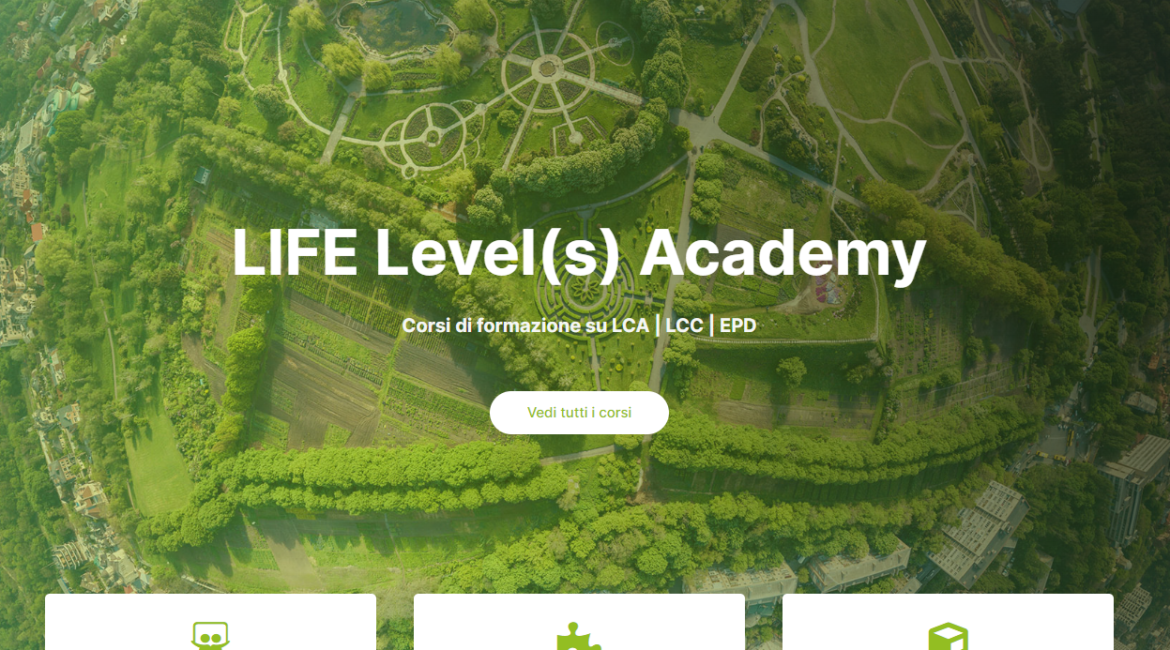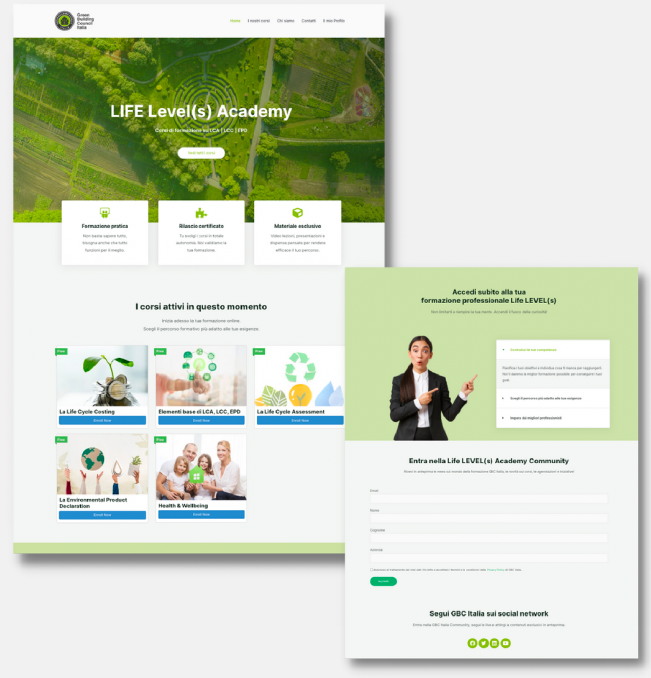Having in mind the value of moving sustainable buildings into the European mainstream and implementing sustainability performance of buildings indicators in broad areas of the buildings sector, the LIFE Level(s) project directed its last rollout period on the interaction with key stakeholders through specialized training sessions and national capacity building programmes.
With the technical project actions leading towards a higher degree of recognition of Level(s) framework in the spheres of public procurement, product data development and upgrading the building certification schemes, the educational component of the project has taken all the previous work into account when developing a set of training materials with a purpose of and encompassing capacity building for national stakeholders on the use of Level(s) Framework selected indicators in their respective areas within the buildings sector.
Considering the fact that 8 European green building councils are involved in the project, and have different backgrounds when it comes to implementation of training on rating systems and sustainability optimization tools, the capacity-building material and program of the LIFE Level(s) project was designed to adapt to specific country needs and practices of a respective GBC.
As Covid-19 pandemic forced many of the partners to adapt their planned training to the online or hybrid system, which proved beneficial as it enabled higher numbers of participants to be inducted into the training courses.
Regardless of the specificities of the national buildings actor conditions, similar gaps in stakeholder knowledge were recognized which led all the GBCs to provide training based on the topics of life cycle assessment (LCA), life cycle costing (LCC), indoor air quality (IAQ) and the development of environmental product declarations (EPDs), rather than on the profile of attendees.
After the lead action beneficiary, GBC Italia provided the training material, the partner GBCs organized their national training according to the needs of the respective markets, generally driven by changing legislation (e.g. Finland and The Netherlands) new public procurement rules (e.g. Ireland), lack of competence of the stakeholders (e.g. Italy and Croatia).
Each GBC customized the training programs and highlighted the topics offered during the training. The charts below highlight the total results achieved by the GBCs during the project. Overall, the KPIs set in the project proposal were met and primarily overcome. The total number of trained professionals is 4 times higher than the KPI set.

Partner GBCs conducted the training programmes either as components of their ongoing stakeholder training activities or as independent specialized capacity-building initiatives. Lead action beneficiary GBC Italia tested a different system by developing an e-learning platform. The solution was designed to allow users to build their own learning paths independently. Each student was provided with a private area through a simple registration form which allowed access to the learning status, the possibility of stopping and continuing the course at any time and chatting with the hosts in case of need for additional information.
The capacity building conducted by the LIFE Level(s) green building councils were designed to provide comprehensive market training for key stakeholders whose work in the buildings sector can be strengthened through whole life cycle thinking and the use of Level(s) Framework indicators. The impacts of buildings on human health and the environment are now vital more than ever as the elements such as quality of life, costs of living and operational use of buildings, resources and products, and investments shape not only national buildings and construction sectors, but economies as a whole.

The eight LIFE Level(s) GBCs are ambitious to continue carrying out the training on the levels of buildings’ sustainability in the future to achieve the project impacts beyond the project itself. Such goals will be reflected in the project’s After-LIFE plan and individual GBC’s efforts to upskill and steer the national building sector stakeholders toward the adoption of building performance indicators of the Level(s) framework into everyday use in the industry.






